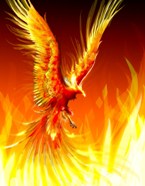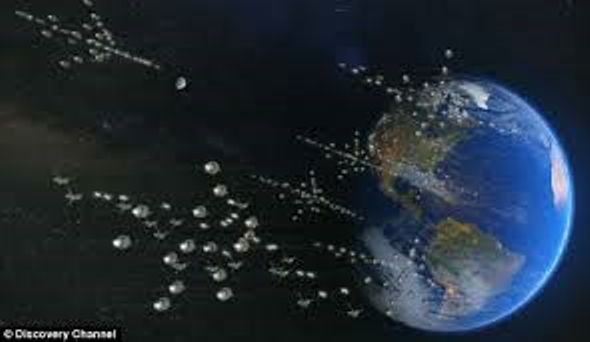Hello, Fans.
There was not a clear winner with the last raffle. So to everyone who opens this newsletter——the first ten people who email me will win a prize. Find out what you have won. read@booksbyphoenix.com
I will have a new contest with new prizes shortly.
Now, you all are going to think I’m stuck on the moon. Well, yes I am, but Earthlings, don’t you also want to know how many phases of the moon there are?
Hah! I knew it!
The answer is eight: New moon, Waxing Crescent, First Quarter, Waxing Gibbous, Full moon, Waning Gibbous, Last Quarter, and finally Waning Crescent. The moon wanes and waxes, and so much so that we sometimes we can’t even see it.
In the evening of Thursday, June 24—just after sunset—look towards the southeast to watch the full Moon rise gently above the horizon. There, it will appear large and golden hued. It is the last full Moon of spring and the first of summer and is called the Strawberry Moon.
The full Moon names used by The Old Farmer’s Almanac come from a number of places, including Native American, Colonial American, and European sources. The Strawberry Moon was named by Algonquin, Ojibwe, Dakota, and Lakota peoples, among others, to mark the ripening of “June-bearing” strawberries that are ready to be gathered.
Alternative European names for this Moon include the Honey Moon and the Mead Moon. June was traditionally the month of marriages, and is even named after the Roman goddess of marriage, Juno.
Following marriage comes the “honeymoon,” which may be tied to this alternative name Mead Moon because the word is Old English hony moone. Hony refers to the new marriage’s sweetness, as well as the custom of giving newlyweds enough mead “an alcoholic liquor made by fermenting honey and water,” to last a month. That would keep many a couple happy during the first month of the marriage (measured by one moon cycle) in order to improve the likelihood of conception.
“Must be full moon …” is a common utterance whenever things start to go a little haywire. The idea that a full Moon can drive people mad is an old one. Even the word “lunatic,” and its relatives “loon” and “loony,” derive from the Latin word “luna,” meaning “Moon.”
Urban legends abound on the subject of things going haywire around the time of the full Moon. According to contemporary lore, emergency rooms and veterinary offices are busier when the Moon is full; suicide, arson, and violent crime rates increase, patients in psychiatric hospitals act out more, and there are more traffic accidents.
The word Lunatic is term referring to a person who is seen as mentally ill, dangerous, foolish, or crazy —conditions once attributed to “lunacy”. The word derives from lunaticus meaning “of the moon” or “moonstruck.”
Blaming the full moon for strange behavior is a time-honored tradition. In the first century AD, the Roman philosopher Pliny suggested that the full moon caused more dew to form, which led to increased moisture in the brain, and that, he said, led to madness.
SO RATHER THAN BEING MOONSTUCK, MAYBE I SHOULD LISTEN TO BUZZ ALDRIN
Buzz Aldrin, who made three spacewalks as pilot of the 1966 Gemini 12 mission, and as the lunar module pilot on the 1969 Apollo 11 mission, he and mission commander Neil Armstrong were the first two people to land on the Moon seems to feel enough with the moon. We should focus on Mars.

Seems like good advice, Buzz. However, the problem Mars is just not as pretty as our lovely lady Moon.

Don’t forget everyone won a free ebook, Random Amusements. Email me and I will have the ebook sent to you. read@booksbyphoenix.com
(If you don’t have a Kindle, you can get a free app for your device.)
Good Luck,
Love,
Lee Jordan




